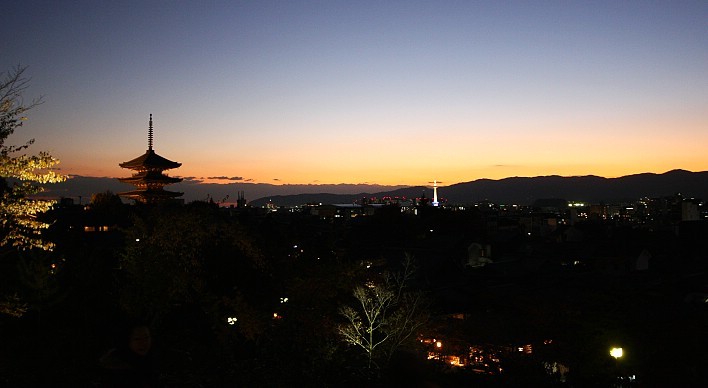![]() Published in Japan - Social interactions and entertainment - 03 Feb 2016 06:07 - 10
Published in Japan - Social interactions and entertainment - 03 Feb 2016 06:07 - 10
During the Jomon Period (13000 BC to 300 BC), the inhabitants of the Japanese islands were gatherers, fishers and hunters. Jomon is the name of the era's pottery.
During the Yayoi Period (300 BC to 300 AD), the rice culture was imported into Japan around 100 BC. With the introduction of agriculture, social cles started to evolve, and parts of the country began to unite under powerful land owners. Chinese travellers during the Han and Wei dynasties reported that a queen called Himiko (or Pimiku) reigned over Japan at that time. The Yayoi period brought also the introduction of iron and other modern ideas from Korea into Japan. Again, its pottery gave the period its name.

By the beginning of the Kofun Period (300 - 538), a center of power had developed in the fertileKinai plain, and by about 400 AD the country was united as Yamato Japan with its political center in and around the province of Yamato (about today's Nara Prefecture). The period's name comes from the large tombs (kofun) that were built for the political leaders of that era. Yamato Japan extended from Kyushu to the Kinai plain, but did not yet include the Kanto, Tohoku and Hokkaido.
The emperor was ruler of Yamato Japan and resided in a capital that was moved frequently from one city to another. However, the Soga clan soon took over the actual political power, resulting in a system in which most of the emperors only acted as the symbol of the state and performed Shinto rituals.

Emperor Jimmu (神武天皇 Jinmu-tennō ?) was the first Emperor of Japan, according to legend. His accession is traditionally dated as 660 BCE. According to Japanese mythology, he is a descendant of the sun goddess Amaterasu, through her grandson Ninigi, as well as a descendant of the storm god Susanoo.
During the Asuka Period (538-710), the influence from the mainland increased strongly thanks to friendly relations to the kingdom of Kudara (or Paikche) on the Korean peninsula. Buddhism was introduced to Japan in the year 538 or 552 and was promoted by the ruling cl. Prince Shotoku is said to have played an especially important role in promoting Chinese ideas. He also wrote the Constitution of Seventeen Articles about moral and political principles. The theories ofConfucianism and Taoism, as well as the Chinese writing system had also been introduced to Japan by then.
In 645, Nakatomi no Kamatari started the era of the Fujiwara clan that was to last until the rise of the military cl (samurai) in the 11th century. In the same year, the Taika reforms were realized: A new government and administrative system was established after the Chinese model. All land was bought by the state and redistributed equally among the farmers in a large land reform in order to introduce the new tax system that was also adopted from China.
My first article, so be gentle with me.Subscribe for more historical lessons about Japan.
Support
YouGodMeComments (10)











